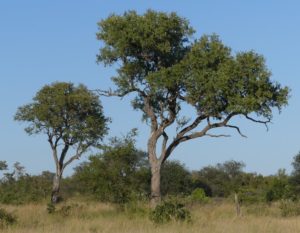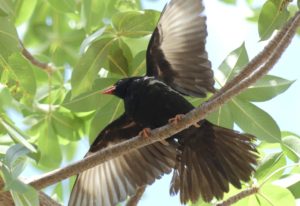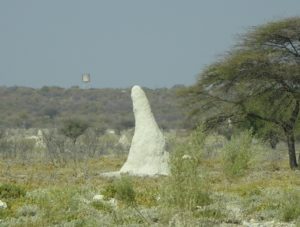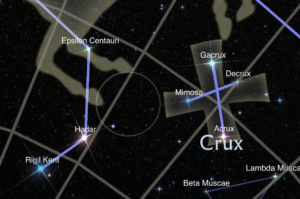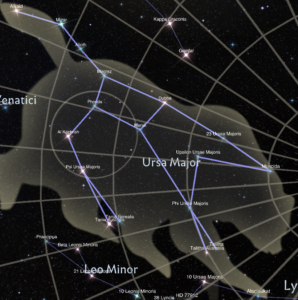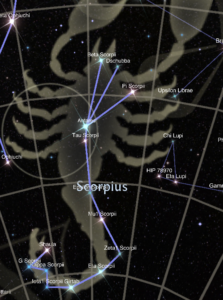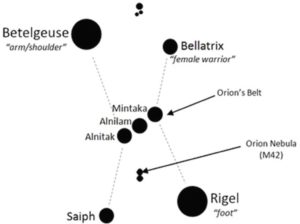Navigation
Determining cardinal points by trees
Determining cardinal points by trees in Southern African savannas (Southern Hemisphere) is a standard procedure. It is helpful in case one is lost, and the sun cannot be seen. At least one can determine where the cardinal points are. Cardinal…
Finding direction with Buffalo weaver nests
The Red-billed buffalo weaver (Bubalornis niger) is a common bird in parts of Southern Africa. These birds have the largest body size of all weavers and are common in dry woodland and savannas. Buffalo weavers have a peculiar trait when…
Termite mounds indicating direction North
In Southern Africa, fungus-growing termites, which build enclosed mounds without visible ventilation holes, belong to the genera macrotermes. These macrotermes mounds can be up to 6 meters high above ground. The tip nearly always leans slightly over, and the termite…
Finding True South in the Southern Hemisphere
The Southern Cross, or the Constellation of Crux – as the name implies – is visible in the Southern Hemisphere. It consists of the Southern Cross and the two pointers: Alpha-(Rigil Kent) and Beta-Centauri (Hadar). Finding direction in True South…
Finding direction with the Pole Star
Finding the Pole Star with the Constellation of Ursa Major Only in the Northern Hemisphere is the Pole Star visible, and its location is mainly indicated by the position of the two pointers of the Great Bear (also called the…
Constellation Scorpius at the Southern sky
The Constellation of Scorpius (‘Scorpio’) is a vast constellation visible from May to November in the evening sky of the Southern Hemisphere. It is located directly opposite the Constellation of Orion – therefore, visible when Orion is not. Finding direction…
Finding direction with the Constellation of Orion
The Constellation of Orion, or ‘The Hunter’ can be best viewed in the evening skies from November to February. It holds for both the Northern and Southern hemispheres during that time. Of the three belt stars, the highest one is…

